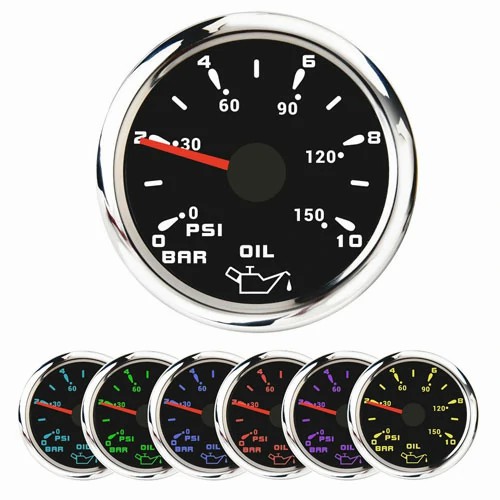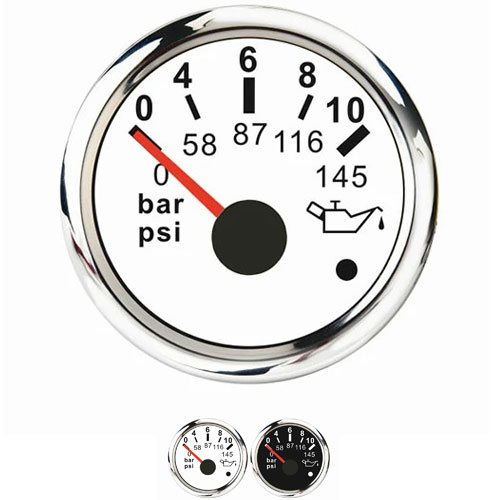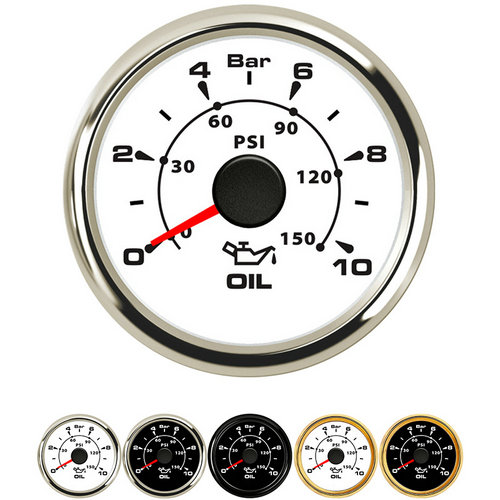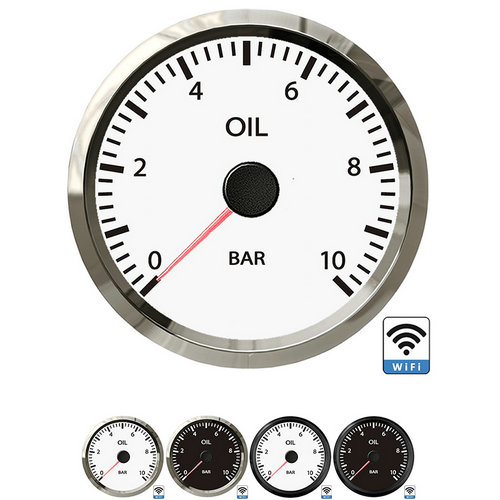oil pressure sensor location
The oil pressure sensor is usually located between the oil filter and the oil pan near the bottom right side of the engine. However, the oil pressure sensor, also known as the oil pressure switch or sensor, has different locations depending on the vehicle.
According to Autos, the oil pressure sensor measures the pressure of the engine oil being pumped by the oil pump. A well-working oil pump works 20 to 40 pounds per square inch. If the pressure drops below this range, severe and permanent engine damage can occur. Some vehicles have electric and mechanical oil pressure gauges built into the dashboard, while others have signal lights. The vehicle oil pressure warning system alerts the driver of problems detected by the sensors.
According to AutoZone, the cause of a low oil pressure reading is usually a faulty oil pressure sensor. If the oil pressure in the main gallery is not low, but the oil pressure sensor is reading low, the sensor is most likely faulty and needs to be replaced. A mechanic can check for loose or broken connections to the sensor. If the oil is low, mechanics can look for signs of oil leaks.
The detection method of the oil pressure sensor: the pressure of the oil pressure sensor has a linear relationship with the output voltage, the pressure is from 0 to 10bar, and the output voltage is from 0.5 to 4.5 volts.
How to determine the fault: first turn the ignition switch to OFF, unplug the oil pressure sensor harness plug, then turn the ignition switch to ON, and measure whether the voltage between the 3-pin A24 of the plug and the ground is the input voltage. Whether it is the input voltage, 4-pin Whether the voltage between the ground and the ground is zero.
Pressure sensors include silicon piezoresistive pressure sensors and silicon capacitive pressure sensors, both of which are micromechanical electronic sensors generated on silicon wafers.
Silicon piezoresistive pressure sensor uses high-precision semiconductor resistors and strain gauges to form a Wheatstone bridge as a power-to-electricity conversion measurement circuit, which has high measurement accuracy, low power consumption and extremely low cost. The piezoresistive sensor of the Wheatstone bridge, if there is no pressure change, its output is zero and consumes almost no power.
 English
English 






Get a Quote / Info